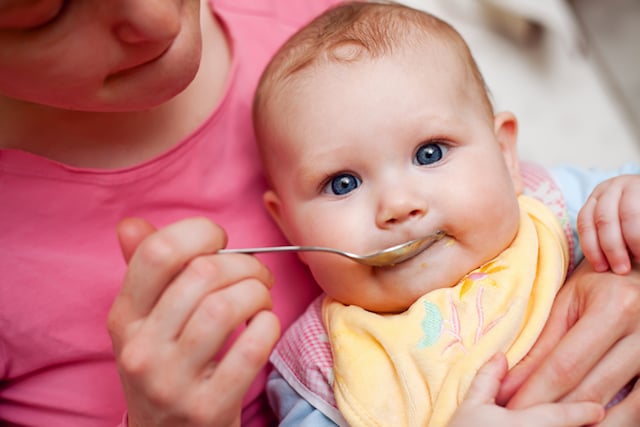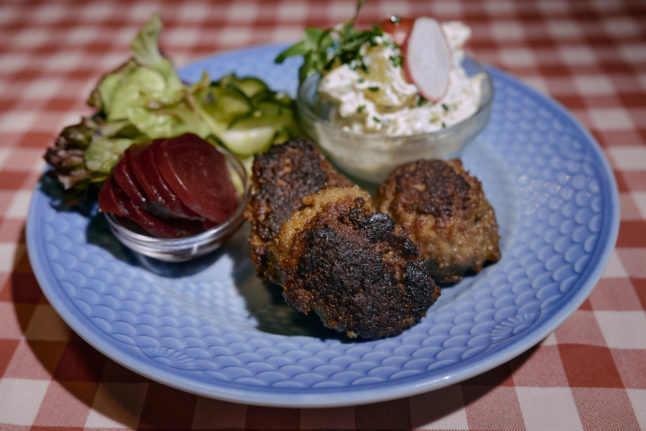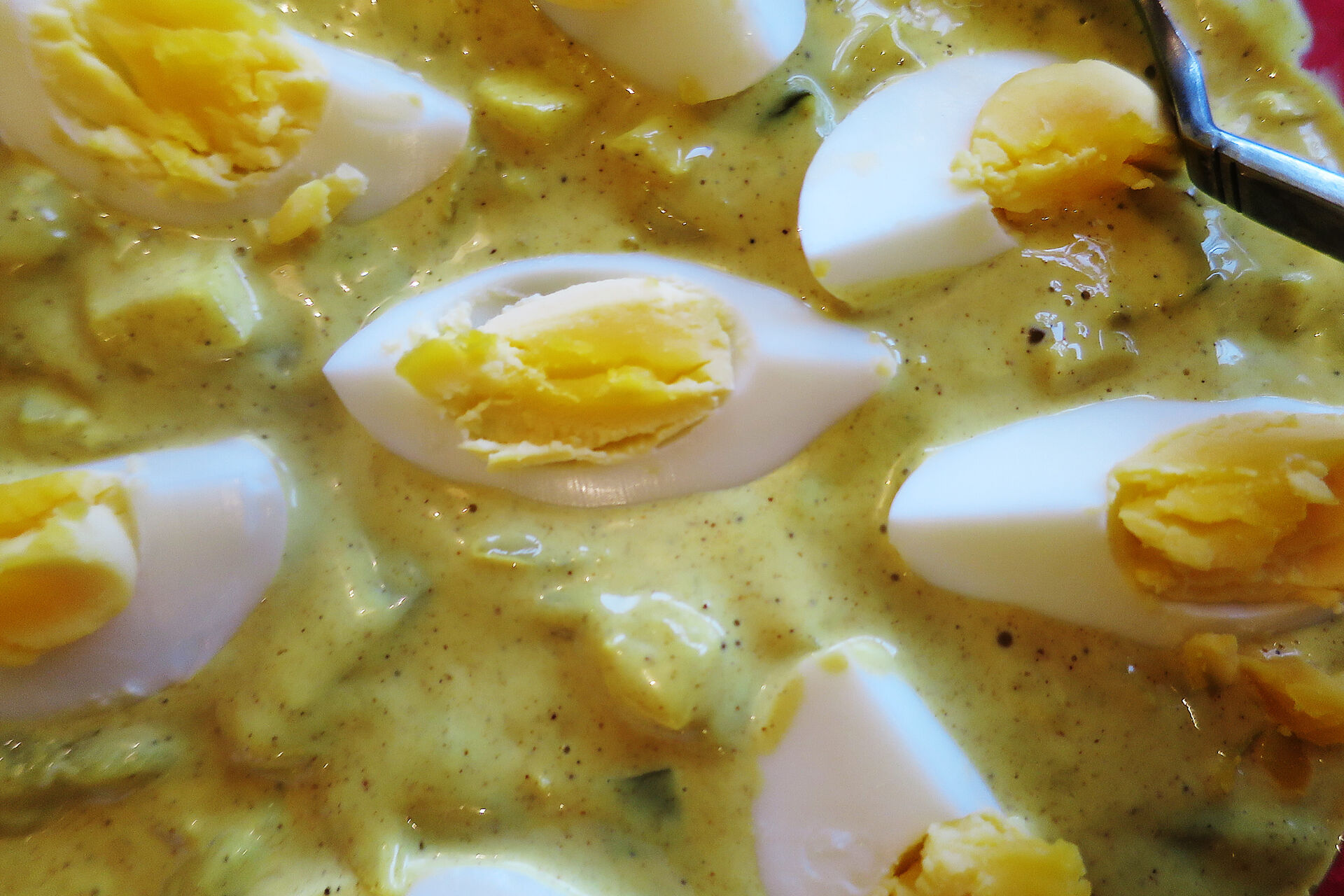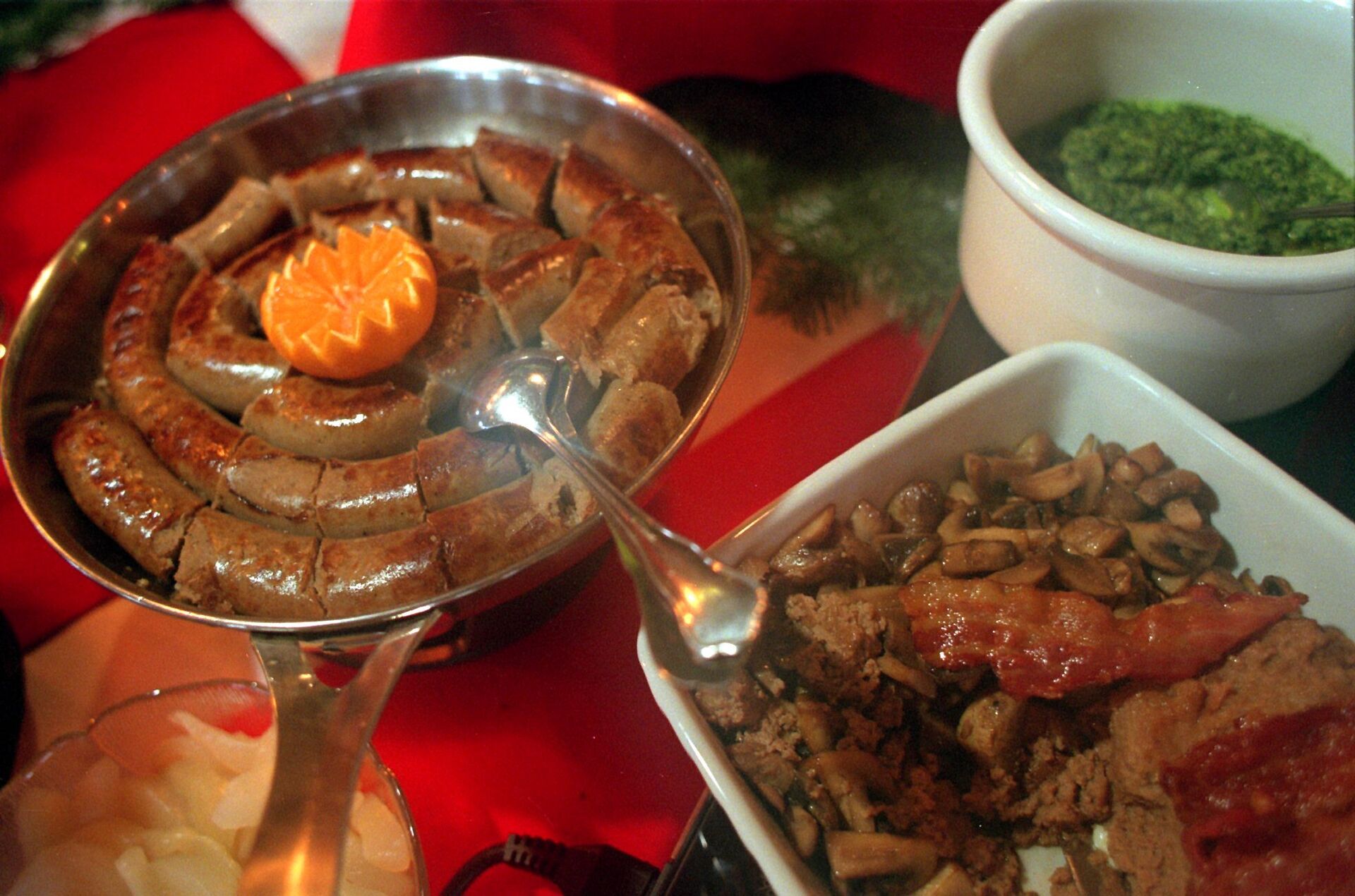A growing number of Danes are choosing to exclude eggs, meat and dairy from their diets, and want the same for their children. But frustration is growing over the lack of dietary advice on how best to provide one's baby with nutrition without resorting to cows' milk.
Now, the Danish Vegetarian Society is launching a petition urging the National Board of Health to issue dietary advice for vegan infants, Berlingske reports.
“We note that many parents wish for their children to grow up as vegans, and they need support just as much as other groups in society. We would like the National Board of Health to deal with this problem in a slightly more proactive way, instead of just dismissing the fact that an infant can be a vegan,” Jacob Kaa Andersen, chairman of the Danish Vegetarian Society, told Berlingske.
The National Board of Health (Sundhedsstyrelsen) already provides guidelines for how to introduce infants to solid food, but does not recommend vegan food to children under the age of two.
“Parents who choose to let their infants be vegans, in spite of the authorities not recommending it, have to take their own responsibility for it. We cannot issue guidelines for something we do not recommend,” Annette Poulsen, healthcare advisor at the National Board of Health, told Berlingske.
In its dietary advice leaflet on weaning foods, the Board of Health writes that vegan food “often has a low energy content whilst taking up a lot of room on the plate. Infants may have difficulties eating sufficient amounts food in order to obtain enough energy from vegan food.”





 Please whitelist us to continue reading.
Please whitelist us to continue reading.